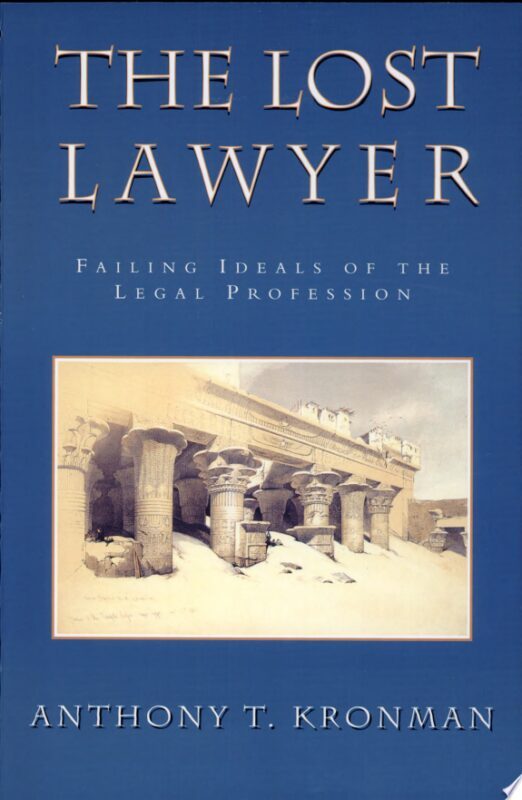For many years, I have reported or advocated the view that the phrase “Look for coverage” is a key foundation and pillar to understanding and practicing sound claims handling practices aka adjustment. I learned this proposition and its status in the 1980s from Al Mueller, a big-claims manager, or something of that sort, at Kemper.
Maybe it’s an axiom; maybe it’s a postulate; maybe it’s a strongly felt norm among honorable, ethical claims persons. It has been never been explicitly challenged by any adjusters, although I have repeatedly asked them what they think of it. No court has ever disqualified me for using this phrase as a component in a bad faith argument. Judges seem to find it nourishing.
Once an ignorant to state insurance official claimed I was wrong, rather indirectly, when he said in court that it was my “brainchild.” Recently a lawyer taking my deposition asked me what authority I had for what I claimed, and I was “forced” to say, “My own extensive experience in dealing with insurance claims and adjusters thereof and several pieces I think I remember writing and/or speaking on the matter.
I recently ran across something like authority. Everyone would agree that Chubb is one of the best insurance companies in the US, if not the world. (I am including its various affiliates in that name, a common practice at least in the surplus lines market.)
I was examining its description of its jewelry policy. There was the motto, “We search for [or was it pursue] ways to say yes to your claims.” It seems to me that this sentence is equivalent to the Quinn-Mueller phrase, “Look for coverage.” maybe it’s a little stronger.
Another insurer states in its “Best Practices ‘Manual'” that it looks carefully through the policy to make sure that everything for which there is coverage is treated positively. Obviously, this principle covered all evidence pointing toward possible coverage and amounts of loss. Granted, this formulation does not say that it will do the same for determinations of what actually is covered, but I suspect they intend that.
Back to Chubb, of course, jewelry insurance is a high-end policy. I told the company once that I wanted to insure a $100,000.00 neckless for replacement cost in case of a loss, and it did not flinch, though I was told I needed to provide something about ownership, possession, appraisal, and so forth. (Keep in mind that “loss” here includes any accidental loss. If Paula drops it by accident into the briny deep, that’s a covered loss; my throwing it there is not. The loss must be something like an accident or occurrence, but there not be some other sort of injury or damage preceding it.
Someone might argue that an insurer might have a different adjustment practice for the richer than for the poorer. Maybe so, but that sort of discrimination would not sit well with the many and perhaps not even the few.
(Of course, there might be a response to this. After all the rich are more likely than the rest of us to be very careful about their possessions (or property). Thus the so-called moral hazard takes care of itself. But the real difference in adjustment practice of this sort–accidental loss–is not governed by the absence of a moral hazard.
It is also good to remember that “Best Practices Manuals,” of many admitted carriers include at least indirect ways of proclaiming “Look for coverage!” as a fundamental principle.
So. Quinn is right. “Look for coverage” is a fundamental principle of some sort governing (or centrally influencing) claims handling. If there are principles found in codes of ethics regulating professional adjusters, “Look for coverage!” is one of its fundamental provisions. If it or its equivalent is not there, it should be. Probably all adjusters and claims manages would agree.
—MSQ
By the way, under Texas law, insurers are required to recognize that they have a “special relationship” with their policyholders. Part of that rule, I suspect, is the duty of the insurer to “Look for coverage.” Of course, this principle does not require an insurer to find it; it doesn’t forbid it to examine contrary evidence. What it does forbid is ignoring the Quinn-Mueller principle and adopt either of the following three: “Pay no attention to what’s in the claims manual just search assiduously for ways to say “No coverage,” and rely on them, or (ii) “Do as you please when conducting an adjustment, but conceal what you are doing,” or “Pay as little attention as possible to individual claims, just keep you aggregate payments under this aggregate: $XXX.00. These three, (i)-(iii) are anathema to sound claims handling practice and ethics.




Recent Comments